Pathways Improvement Scope
To meet the need for robust support systems, PUSD counselors, teachers, and College Access Plan staff will collaborate with PCC counseling staff and advisors to guide students from middle school through degree or certificate attainment and career placement. Dual enrollment courses will be expanded to align CTE programs with degrees and certificates, creating clearer pathways. To help students understand their assets, aspirations, and labor market opportunities, career assessments, tools like Thrively, IMAGO, and CCGI, and regional labor market data will guide pathway decisions, supported by advice from industry leaders. Authentic work-based learning experiences will be expanded through classroom and workplace visits, internships, apprenticeships, and training on workplace skills, ensuring students gain the experience and technological proficiency needed for high-wage careers. Finally, to close equity gaps, PUSD will implement equity-focused outreach and culturally responsive communication strategies, offer tailored academic support such as tutoring and mentoring, and provide professional development for educators to better serve underserved populations.
Goals & Priorities
The K12 SWP funds will support the alignment of Pasadena Unified School District (PUSD) career pathways with Pasadena City College (PCC) programs to prepare students for high-wage, high-demand careers. Objectives include increasing dual enrollment participation in Career and Technical Education (CTE) programs, particularly among underrepresented students, by at least 10% annually, and improving overall CTE program completion rates to 85% within three years. The project will also align 80% of PUSD’s CTE pathways with PCC programs in high-growth industries like healthcare, ICT, and business. Efforts will expand work-based learning opportunities, ensuring all CTE students participate in internships or pre-apprenticeships, and close equity gaps through targeted outreach, academic support, and mentorship for disproportionately impacted students. These objectives align with regional labor market data and workforce needs, equipping students with skills for in-demand careers.
Industry Sector(s) Or Pathway(s)
ARTS, MEDIA, AND ENTERTAINMENT SECTOR (AME): DESIGN, VISUAL, AND MEDIA ARTS (PATHWAY 111) ARTS, MEDIA, AND ENTERTAINMENT SECTOR (AME): PERFORMING ARTS (PATHWAY 112) BUSINESS AND FINANCE SECTOR (FIN): BUSINESS MANAGEMENT (PATHWAY 182) BUSINESS AND FINANCE SECTOR (FIN): FINANCIAL SERVICES (PATHWAY 180) EDUCATION, CHILD DEVELOPMENT, & FAMILY SERVICES SECTOR (EDU): EDUCATION (PATHWAY 132) ENGINEERING AND ARCHITECTURE SECTOR (ENG): ENGINEERING DESIGN (PATHWAY 152) HEALTH SCIENCE AND MEDICAL TECHNOLOGY SECTOR (HLT): BIOTECHNOLOGY (PATHWAY 196) HEALTH SCIENCE AND MEDICAL TECHNOLOGY SECTOR (HLT): PATIENT CARE (PATHWAY 198) INFORMATION AND COMMUNICATION TECHNOLOGIES SECTOR (INF): SOFTWARE AND SYSTEMS DEVELOPMENT (PATHWAY 174) PUBLIC SERVICES SECTOR (PUB): PUBLIC SAFETY (PATHWAY 232)
Additional CCD Partners
